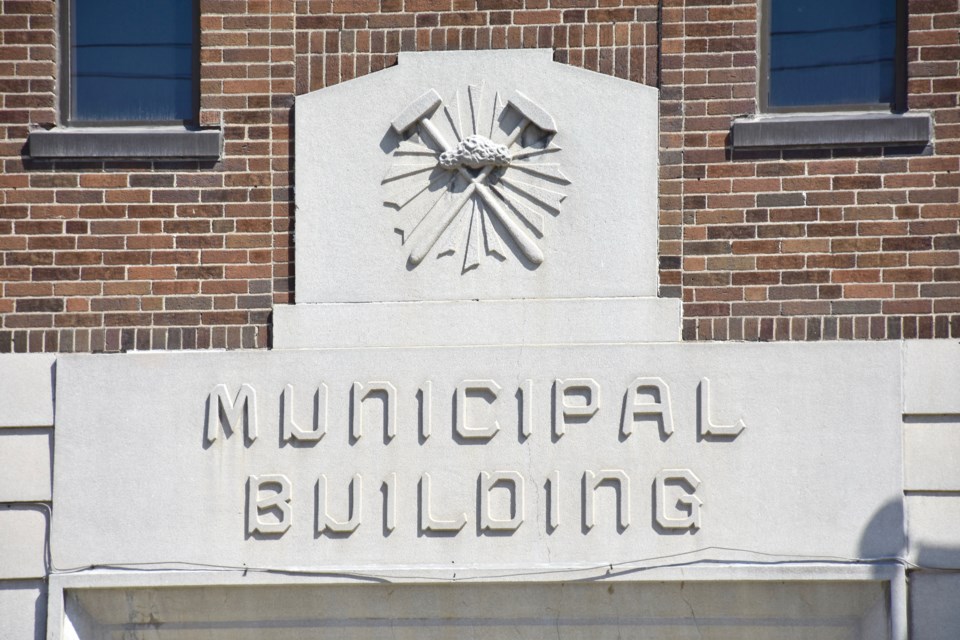A new draft framework is giving the city an 'action plan' to engage the local Indigenous community.
This week, Timmins council approved the draft Indigenous Peoples Engagement Framework.
“At a very high level, this is a bit of an action plan in how we can engage the Indigenous peoples in our area, how we can deliberately demonstrate our commitment to the relationship with the people on whose land we’re proud to call home ourselves and to put some action into reconciliation on the municipal side of the governmental spectrum,” CAO Dave Landers told council.
There are three themes for the city to engage its Indigenous community: addressing humanitarian needs, delivering on the calls to action in the Truth and Reconciliation Commission of Canada, and re-engaging economic alliances.
Its vision statement is "to educate, engage and enlist the community in the dream of reconciliation in Timmins".
“This dream of reconciliation is a very action-oriented dream,” said Landers.
To address basic human needs, Landers noted urban homelessness is a growing issue in the community.
"The Cochrane DSSAB, of which most of council participates actively on, has signed a memorandum of understanding with NAN (Nishnawbe Aski Nation) to address the roots of poverty and urban homelessness in our community, which is a great step forward in that respect,” he said.
The city's efforts to house evacuees from Indigenous communities are also being recognized.
During the spring break up, hundreds of Kashechewan residents were housed in the city until the water of the Albany River lowered. Later, the city opened its doors to Pikangikum First Nation residents when they were evacuated due to forest fires.
The city's model, explained Landers, is about more than housing people, it's about meeting the the social, health and economic needs of people displaced.
“We’ve provided leadership throughout the region and throughout the province through the evacuation process and have been the community that others have turned to throughout Ontario," said Landers.
He said a graduate student is currently documenting what went on during those evacuations.
To deliver on the Truth and Reconciliation calls to action, a recommendation from the Indigenous Advisory Committee about cultural sensitivity training for staff is expected to be at council soon.
He said engaging the business community in supporting Indigenous activities and events is a regular item at the city's meetings with the Timmins Chamber of Commerce.
“As well we want to look at opportunities to integrate traditional knowledge into classrooms and there’s some good work underway in that respect and we know that we need to build on that,” he said.
For the economic alliance, Landers said the city has had a long-standing memorandum of understanding with Mushkegowuk Council to work together on economic development opportunities. They have been working to review and update that this year.
“We’ve also been working together to look at joint funding opportunities and joint opportunities for tourism with our Mushkegowuk partners and with others in the region,” he said.
The framework's creation stems back to 2018.
In February of that year, the Special Investigations Unit (SIU) was called in for two separate incidents — the police-involved shooting death of 21-year-old Joey Knapaysweet and the death of 62-year-old Agnes Sutherland after her interaction with the police. The SIU has cleared Timmins Police in both cases, determining there's no reasonable grounds for criminal charges.
In March 2018, Ontario Human Rights Commisioner Renu Mandhane said racism appears to be normalized in the city after a visit.
In response, a number of steps were taken.
At city hall, the flags of the Mattagami First Nation, Nishnawbe Aski Nation, and the Metis Nation of Ontario have been permanently raised.
An Indigenous Advisory Committee was also created, along with other initiatives.
While in Toronto earlier this year, Landers said himself, Timmins Mayor George Pirie and Coun. Kristin Murray met with Mandhane “to further the conversation that had been happening in the community the previous year.”
Out of the meeting, Landers said they talked about what needed to be done to continue to meet the needs of Indigenous people in the city and surrounding communities.
"They come here for service, they come here for business, and they come here for pleasure and it’s within their traditional lands and territories and there is a relationship with the community that they feel and that they expect,” he said.
Pirie applauded when the recommendation was approved unanimously by council.
He said it's a tremendous framework, and very good start.
Coun. Kristin Murray is happy to see it going forward and that the goals are actionable.
“With these calls to action, these ones here are listed for the municipality, but there’s ones that impact health care, education, museum, library. In addition to what we’re doing here, it will relay over into some of the other entities within our corporation,” she said.



